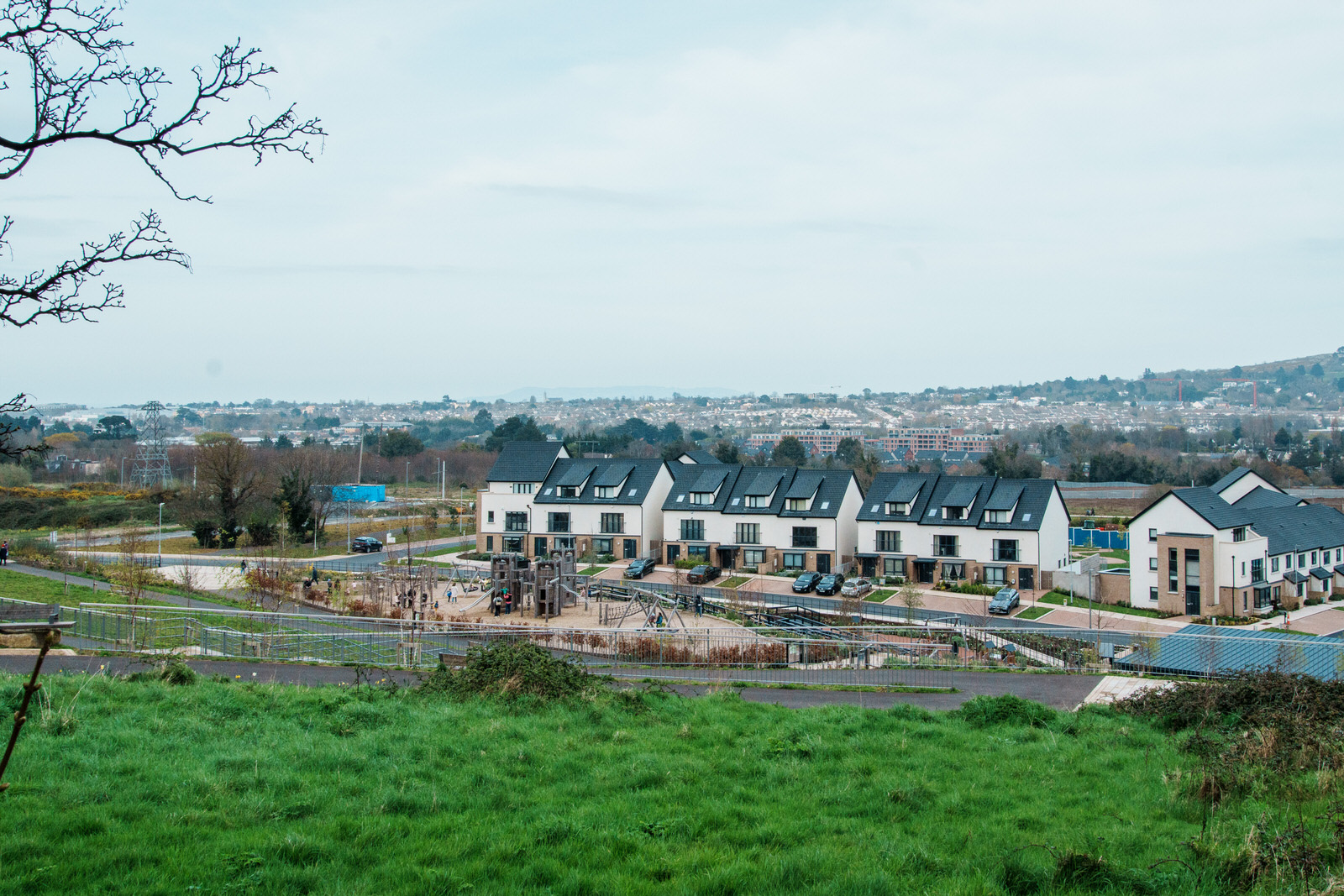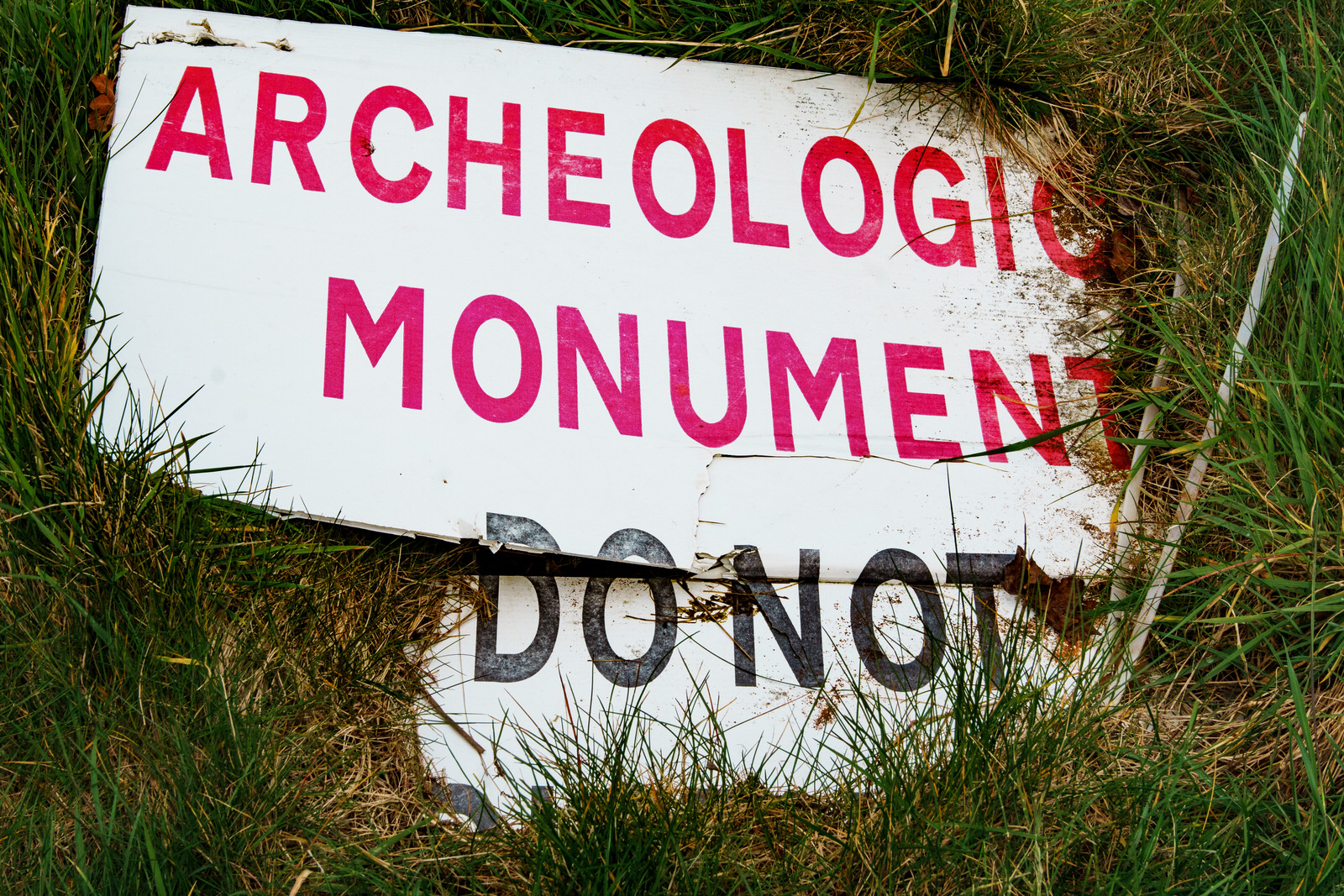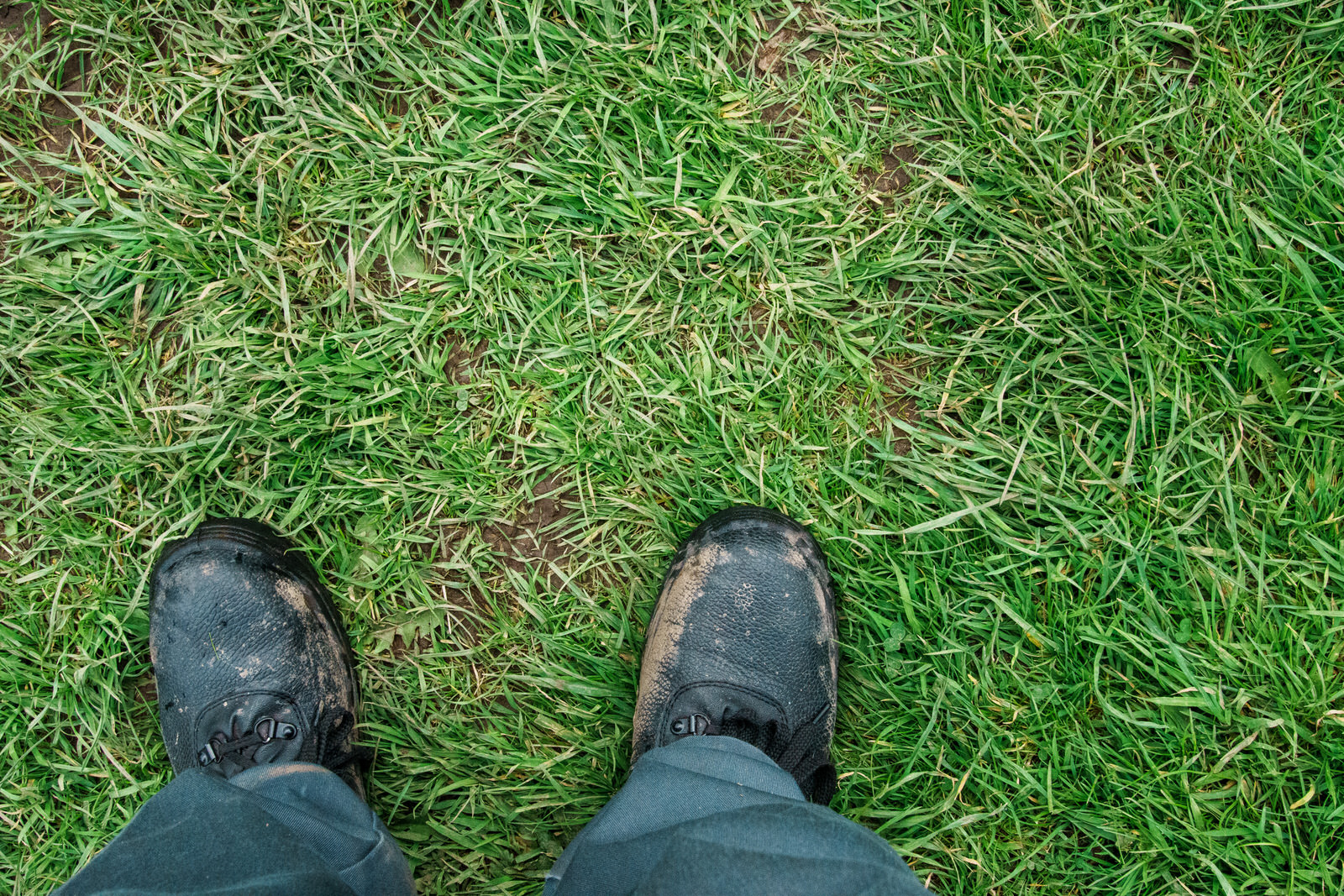ON EASTER SUNDAY I EXPLORED THE CHERRYWOOD AREA [ESPECIALLY TULLY PARK]
Developers:
Cherrywood: Hines and O'Reilly Chartered Land are the primary developers behind the transformative Cherrywood project.
Tully Park / Brides Glen / Laughanstown: While these are intertwined with Cherrywood's development, they also involve other key developers like Cosgrave Developments, Park Developments, and Dún Laoghaire–Rathdown County Council (DLRCC).
Social Aspects:
Housing Variety: The focus is on creating a mixed housing community.
Affordable Housing: A portion of the units is dedicated to affordable housing schemes to address the housing crisis.
Social Housing: In partnership with DLRCC, a significant number of social housing units are being constructed.
Diversity: Apartments, houses, duplexes, and more cater to a variety of needs and demographics (families, professionals, older residents).
Community Facilities:
Schools: Several new schools are planned or already opened to accommodate the growing population.
Parks and Amenities: Extensive green spaces, playgrounds, sports facilities, and planned community centres enhance liveability.
Job Creation:
Construction Phase: Thousands of jobs are generated during the construction phase, boosting the local economy.
Business & Retail: The Cherrywood Town Centre and other developments provide space for businesses, shops, and services, creating ongoing employment opportunities.
Innovation & Tech: Cherrywood positions itself as a hub for technology and innovation, potentially attracting further investment and specialised jobs.
Project Phases
Cherrywood: Development is well underway, with several phases completed:
Town Centre: Operational with retail, leisure, and office space.
Residential Neighbourhoods: Thousands of homes completed and occupied.
Tully Park / Brides Glen / Laughanstown:
Progress: Significant development is already visible in these areas.
Planning: Additional phases are under planning and construction.
Dormant Tram Stops (Luas):
Activation: The extension of the Luas Green Line through Cherrywood has been part of the plan from the beginning. The stops at Laughanstown, Brides Glen, and Cherrywood are now operational. This provides vital connectivity to Dublin city centre. I was lead to believe that there are are two "ghost stops" on the Luas Green Line extension – one at Carrickmines and the other at Laughanstown [I used this stop on Easter Subday]. Here's what is what I know about the plans for unused stop:
Future Development: The stop was built in anticipation of large-scale development. At this current time, those planned developments have not yet fully materialised.
Potential Activation: While there's no immediate timeline, there's a strong possibility that the dormant stop will be opened once the surrounding areas are significantly developed. The infrastructure is already in place, making future activation relatively simple.
Monitoring Situation: Luas operators and Dún Laoghaire–Rathdown County Council will likely monitor population growth and development in these areas. Once a critical mass is reached to justify passenger demand, the stop will likely be activated.
Future Development:
The Cherrywood Strategic Development Zone (SDZ) and surrounding areas have a long-term development plan. Future phases include:
More Housing: Continuing to build thousands of new units to meet demand.
Commercial Zones: Creation of additional business and office space.
Sustainable Transport: Enhancing cycling and pedestrian networks, potentially further expanding public transport.
Important Notes:
The scale of these projects is immense and continues to evolve. Specific numbers of houses, jobs, etc., can change over time.
It's best to check the following sources for the most up-to-date information and detailed plans:
Cherrywood Development: https://cherrywood.ie/
Dún Laoghaire–Rathdown County Council: https://www.dlrcoco.ie/ and their planning sections
Specific developers like Hines, Cosgrave, etc., often have their own websites for projects.
Developers:
Cherrywood: Hines and O'Reilly Chartered Land are the primary developers behind the transformative Cherrywood project.
Tully Park / Brides Glen / Laughanstown: While these are intertwined with Cherrywood's development, they also involve other key developers like Cosgrave Developments, Park Developments, and Dún Laoghaire–Rathdown County Council (DLRCC).
Social Aspects:
Housing Variety: The focus is on creating a mixed housing community.
Affordable Housing: A portion of the units is dedicated to affordable housing schemes to address the housing crisis.
Social Housing: In partnership with DLRCC, a significant number of social housing units are being constructed.
Diversity: Apartments, houses, duplexes, and more cater to a variety of needs and demographics (families, professionals, older residents).
Community Facilities:
Schools: Several new schools are planned or already opened to accommodate the growing population.
Parks and Amenities: Extensive green spaces, playgrounds, sports facilities, and planned community centres enhance liveability.
Job Creation:
Construction Phase: Thousands of jobs are generated during the construction phase, boosting the local economy.
Business & Retail: The Cherrywood Town Centre and other developments provide space for businesses, shops, and services, creating ongoing employment opportunities.
Innovation & Tech: Cherrywood positions itself as a hub for technology and innovation, potentially attracting further investment and specialised jobs.
Project Phases
Cherrywood: Development is well underway, with several phases completed:
Town Centre: Operational with retail, leisure, and office space.
Residential Neighbourhoods: Thousands of homes completed and occupied.
Tully Park / Brides Glen / Laughanstown:
Progress: Significant development is already visible in these areas.
Planning: Additional phases are under planning and construction.
Dormant Tram Stops (Luas):
Activation: The extension of the Luas Green Line through Cherrywood has been part of the plan from the beginning. The stops at Laughanstown, Brides Glen, and Cherrywood are now operational. This provides vital connectivity to Dublin city centre. I was lead to believe that there are are two "ghost stops" on the Luas Green Line extension – one at Carrickmines and the other at Laughanstown [I used this stop on Easter Subday]. Here's what is what I know about the plans for unused stop:
Future Development: The stop was built in anticipation of large-scale development. At this current time, those planned developments have not yet fully materialised.
Potential Activation: While there's no immediate timeline, there's a strong possibility that the dormant stop will be opened once the surrounding areas are significantly developed. The infrastructure is already in place, making future activation relatively simple.
Monitoring Situation: Luas operators and Dún Laoghaire–Rathdown County Council will likely monitor population growth and development in these areas. Once a critical mass is reached to justify passenger demand, the stop will likely be activated.
Future Development:
The Cherrywood Strategic Development Zone (SDZ) and surrounding areas have a long-term development plan. Future phases include:
More Housing: Continuing to build thousands of new units to meet demand.
Commercial Zones: Creation of additional business and office space.
Sustainable Transport: Enhancing cycling and pedestrian networks, potentially further expanding public transport.
Important Notes:
The scale of these projects is immense and continues to evolve. Specific numbers of houses, jobs, etc., can change over time.
It's best to check the following sources for the most up-to-date information and detailed plans:
Cherrywood Development: https://cherrywood.ie/
Dún Laoghaire–Rathdown County Council: https://www.dlrcoco.ie/ and their planning sections
Specific developers like Hines, Cosgrave, etc., often have their own websites for projects.
I assume that this notice was aimed at the nearby construction crews who have since moved on.
I photographed this sign on Easter Sunday giving me the opportunity to answer a question that I have received from some followers, mainly in the UK: "Why do you refer to it as Easter Sunday rather than Easter Day?"
Firstly I live in Ireland and never heard it being to anything other than Easter Sunday, until yesterday when I heard the BBC referring to it as Easter Day.
Apparently both "Easter Day" and "Easter Sunday" are widely used in the UK, and there's a bit of history and subtle meaning behind the difference:
Historical Reasons:
Early Christianity: In the early Christian church, the entire week leading up to the resurrection of Jesus was considered holy. The focus wasn't just on Sunday, but on the entire celebratory period. This is why you might see references to the full week as "Easter Week" as well.
Linguistic Roots: The word "Easter" likely originates from pre-Christian Germanic traditions, potentially the name of a goddess (Eostre) associated with springtime and renewal. The focus wasn't on a single day.
Modern Usage:
Regional Variation: There's no strict rule. Some regions might slightly favour "Easter Day" and others "Easter Sunday".
Emphasis:
"Easter Sunday" emphasises the religious observance commemorating the resurrection of Jesus Christ. While "Easter Day" can have slightly broader connotations, including the secular aspects of the celebration, family traditions, etc.
Both terms are correct and commonly used in the UK. The choice often depends on personal preference, regional tradition, and whether the speaker wants to emphasise the religious significance of the day.
I photographed this sign on Easter Sunday giving me the opportunity to answer a question that I have received from some followers, mainly in the UK: "Why do you refer to it as Easter Sunday rather than Easter Day?"
Firstly I live in Ireland and never heard it being to anything other than Easter Sunday, until yesterday when I heard the BBC referring to it as Easter Day.
Apparently both "Easter Day" and "Easter Sunday" are widely used in the UK, and there's a bit of history and subtle meaning behind the difference:
Historical Reasons:
Early Christianity: In the early Christian church, the entire week leading up to the resurrection of Jesus was considered holy. The focus wasn't just on Sunday, but on the entire celebratory period. This is why you might see references to the full week as "Easter Week" as well.
Linguistic Roots: The word "Easter" likely originates from pre-Christian Germanic traditions, potentially the name of a goddess (Eostre) associated with springtime and renewal. The focus wasn't on a single day.
Modern Usage:
Regional Variation: There's no strict rule. Some regions might slightly favour "Easter Day" and others "Easter Sunday".
Emphasis:
"Easter Sunday" emphasises the religious observance commemorating the resurrection of Jesus Christ. While "Easter Day" can have slightly broader connotations, including the secular aspects of the celebration, family traditions, etc.
Both terms are correct and commonly used in the UK. The choice often depends on personal preference, regional tradition, and whether the speaker wants to emphasise the religious significance of the day.
MY SHOES GOT STUCK IT THE MUD [I USED AN AI TO WRITE A STORY BASED ON THIS EVENT]
On Easter Sunday, I decided to visit Tully Park. The park was bustling with activity, families enjoying the holiday, children laughing and playing.
I was taking in the scene, looking for interesting photo opportunities for my series on Dublin’s public spaces.
As I was walking, my boot suddenly sank into the mud. It wasn’t just a small puddle, but a deep, thick patch of mud that seemed to swallow my boot whole. I tried to pull my foot free, but the mud had a firm grip. In my struggle, my other boot also got stuck.
Feeling a bit panicked and embarrassed, I looked around, hoping no one had noticed my predicament. That’s when I saw a boy from a nearby bench walking towards me. He offered to help and, setting aside my pride, I gratefully accepted. With a coordinated effort, we managed to free my boots from the mud’s grip.
Afterwards, we shared a moment of camaraderie, both of us a bit amused by the situation. I noticed then that he was holding a sketchbook. Seeing an opportunity for a unique photo, I asked if I could take his picture. He agreed, remarking that the muddy incident had indeed provided an interesting angle for my photo series.
Note: In reality it was a old man, walking a small over excited dog, who assisted me and there was no way that I would have asked to photograph him.
On Easter Sunday, I decided to visit Tully Park. The park was bustling with activity, families enjoying the holiday, children laughing and playing.
I was taking in the scene, looking for interesting photo opportunities for my series on Dublin’s public spaces.
As I was walking, my boot suddenly sank into the mud. It wasn’t just a small puddle, but a deep, thick patch of mud that seemed to swallow my boot whole. I tried to pull my foot free, but the mud had a firm grip. In my struggle, my other boot also got stuck.
Feeling a bit panicked and embarrassed, I looked around, hoping no one had noticed my predicament. That’s when I saw a boy from a nearby bench walking towards me. He offered to help and, setting aside my pride, I gratefully accepted. With a coordinated effort, we managed to free my boots from the mud’s grip.
Afterwards, we shared a moment of camaraderie, both of us a bit amused by the situation. I noticed then that he was holding a sketchbook. Seeing an opportunity for a unique photo, I asked if I could take his picture. He agreed, remarking that the muddy incident had indeed provided an interesting angle for my photo series.
Note: In reality it was a old man, walking a small over excited dog, who assisted me and there was no way that I would have asked to photograph him.
Located near Tully Church in Laughanstown, County Dublin, this historical site features the ruins of the medieval Tully Church and two magnificent stone high crosses. Donated to Christ Church in Dublin shortly after the Anglo-Norman invasion by Sitric Mac Torcaill, the church remained in use until the early 17th century.
The original church structure likely dates back to the 9th century or earlier. The chancel, notable for being wider than the nave, was added in the late 12th or early 13th century and is separated from the nave by a fine arch.
Reputedly dedicated to St. Bridget, this site was an important diocesan centre in the 1st Millennium AD, earning the name Tulach na nEpscop ('the Hill of the Bishops') in early literature.
Two high crosses grace the site. One is a 10th-century granite ringed cross with a distinctive gabled roof, resting upon a massive stone pedestal. This cross was rescued in the 19th century by James Crehan, who saved it from being discarded during roadworks.
The second, a 12th-century granite high cross, stands in a nearby field to the northwest of the church. This 2.2-metre high cross features a carved figure of a bearded bishop on one side and strong raised mouldings outlining the cross with a faceless head at the intersection of the arms.
The graveyard surrounding the ruins contains headstones dating up to the late 19th century. Visitors can enjoy wonderful views of Killiney Hill, the Irish Sea, and the Dublin Mountains.
The original church structure likely dates back to the 9th century or earlier. The chancel, notable for being wider than the nave, was added in the late 12th or early 13th century and is separated from the nave by a fine arch.
Reputedly dedicated to St. Bridget, this site was an important diocesan centre in the 1st Millennium AD, earning the name Tulach na nEpscop ('the Hill of the Bishops') in early literature.
Two high crosses grace the site. One is a 10th-century granite ringed cross with a distinctive gabled roof, resting upon a massive stone pedestal. This cross was rescued in the 19th century by James Crehan, who saved it from being discarded during roadworks.
The second, a 12th-century granite high cross, stands in a nearby field to the northwest of the church. This 2.2-metre high cross features a carved figure of a bearded bishop on one side and strong raised mouldings outlining the cross with a faceless head at the intersection of the arms.
The graveyard surrounding the ruins contains headstones dating up to the late 19th century. Visitors can enjoy wonderful views of Killiney Hill, the Irish Sea, and the Dublin Mountains.
Commercial Disclosure
You will find links to buy products from Amazon, Google and other partners. If you click on these links, you’ll find that the URL includes a small extra piece of text which identifies that the click came from my websites. This text is an affiliate code, and it means that I get a small percentage of the money you spend if you choose to buy that product, or, in some cases, other products from the site soon after. These affiliate links help pay the costs of producing my websites and ensure that the content is free to you.





